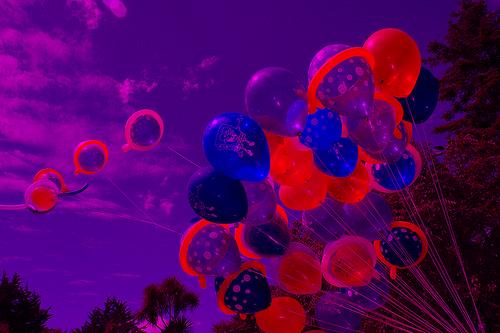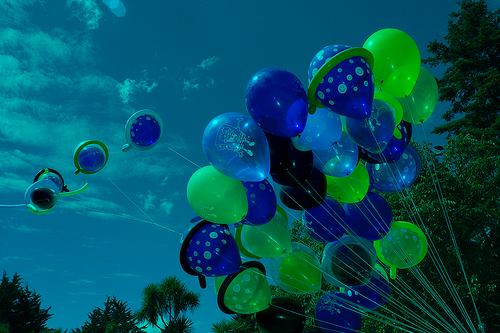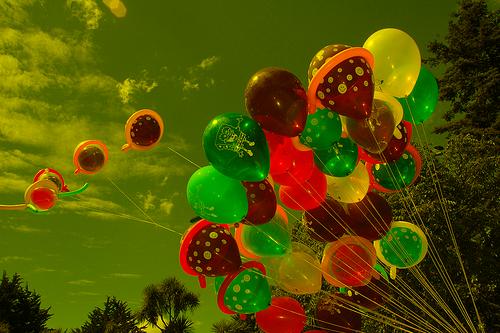COS 426, Spring 2010
NAME, LOGIN
Demonstration of Implemented Features
Art Contest
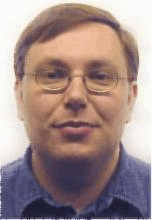
|
| Szymon Simpson |
Morphing
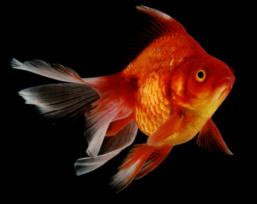
|

|
| Source Image |
Destination Image |
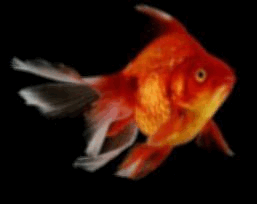
|
| Transformation |
Median Filtering
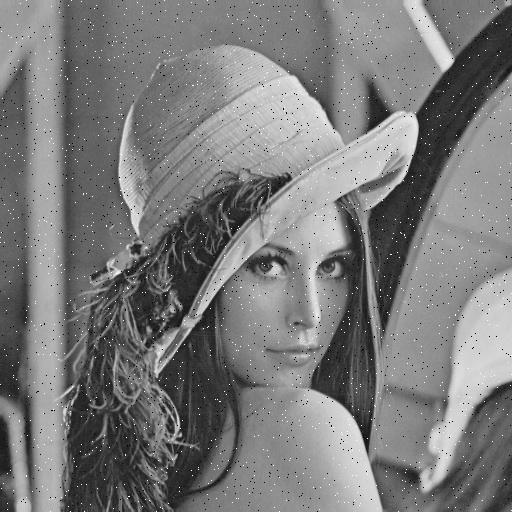
|
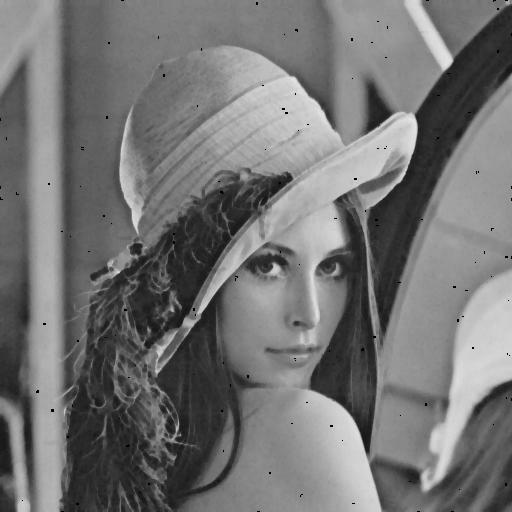
|

|
| Input |
Sigma = .2 |
Sigma = .9 |
Fun (Swirl)
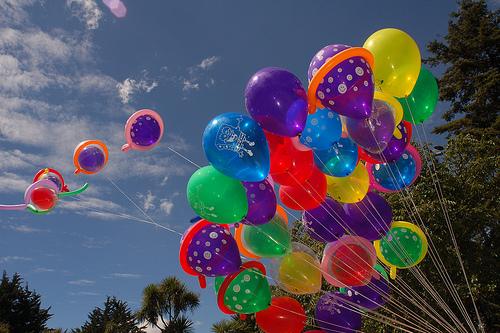
|
| Input |
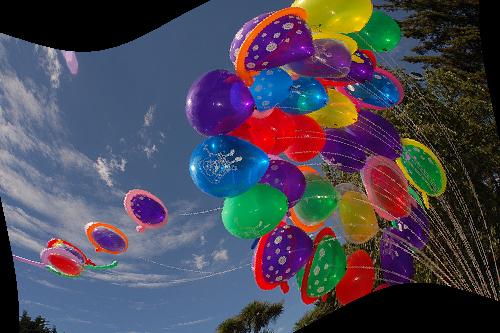
|
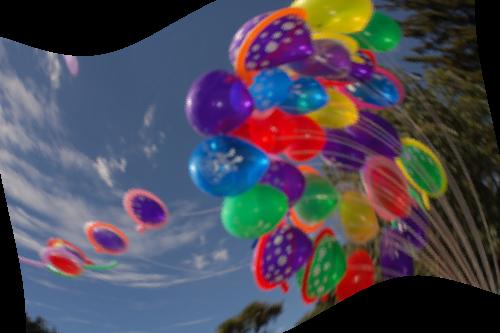
|

|
| Point Sampling, Angle = 1 |
Gaussian Sampling, Angle = 1 |
Bilinear Interpolation, Angle = 1 |

|
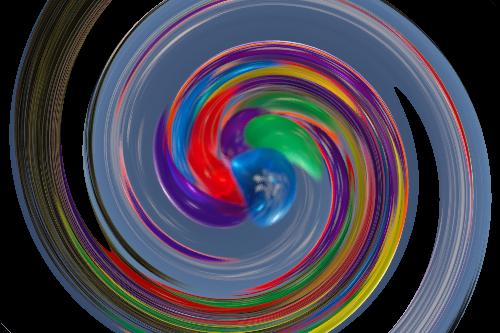
|

|
| Point Sampling, Angle = 10 |
Gaussian Sampling, Angle = 10 |
Bilinear Interpolation, Angle = 10 |
Compositing
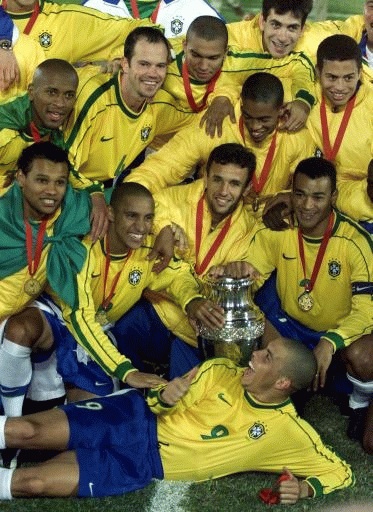
|
|

|

|

|
| Top Image |
Top Mask |
Bottom Image |
Bottom Mask |
Result |
Rotate
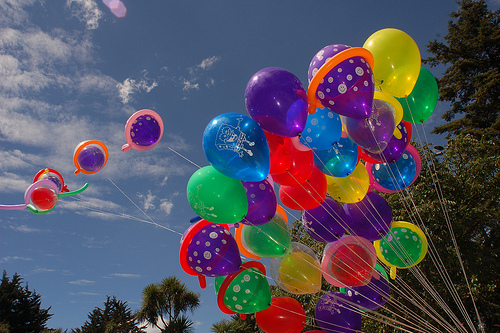
|
| Input |
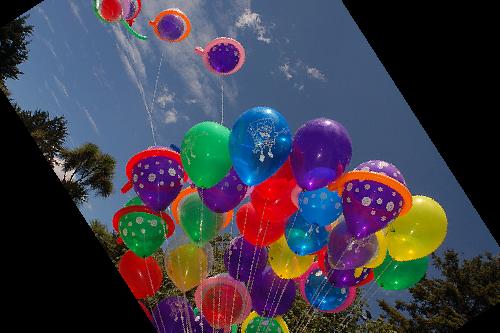
|
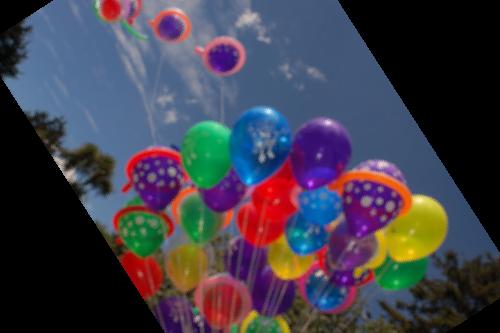
|
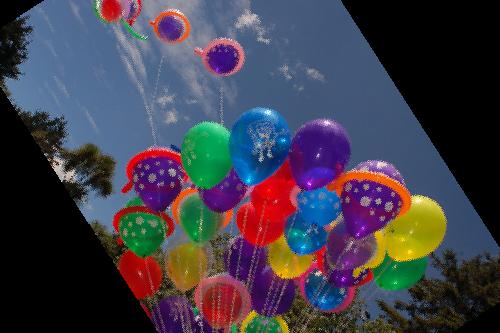
|
| Point Sampling, Angle = 1 |
Gaussian Sampling, Angle = 1 |
Bilinear Interpolation, Angle = 1 |
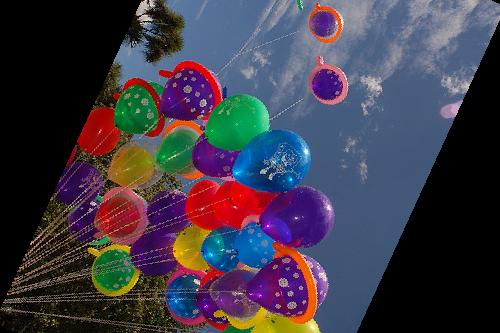
|
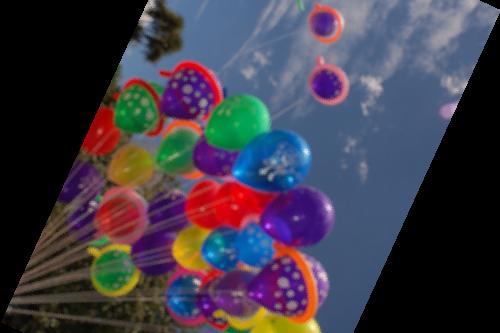
|
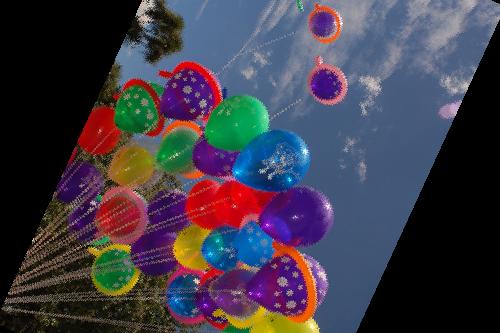
|
| Point Sampling, Angle = 2 |
Gaussian Sampling, Angle = 2 |
Bilinear Interpolation, Angle = 2 |
Blur

|
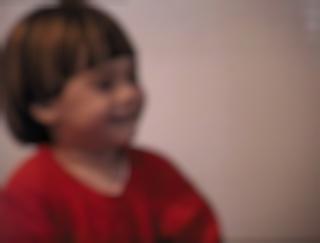
|

|
| Input |
Sigma = 2 |
Sigma = 8 |
Motion Blur

|

|

|

|
| Input |
amount = 10 |
amount = 20 |
amount = 30 |
Dithering

|
| Input |
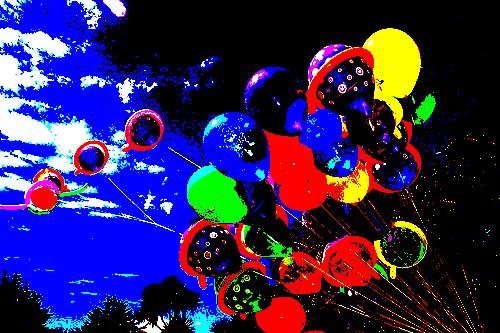
|
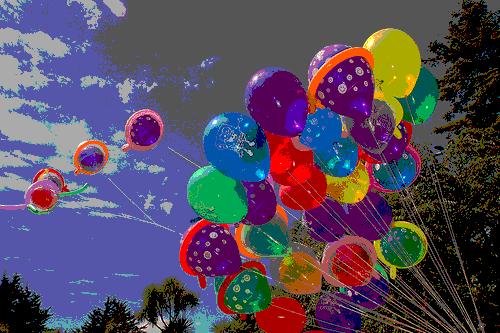
|

|

|
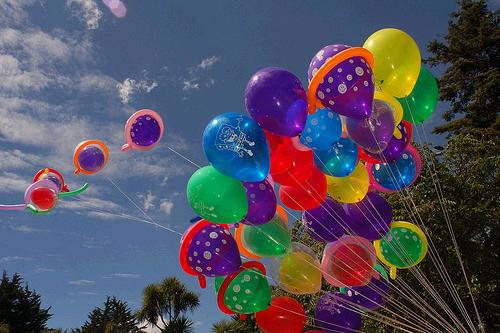
|
| Quantize 1 |
Quantize 2 |
Quantize 3 |
Quantize 4 |
Quantize 5 |

|
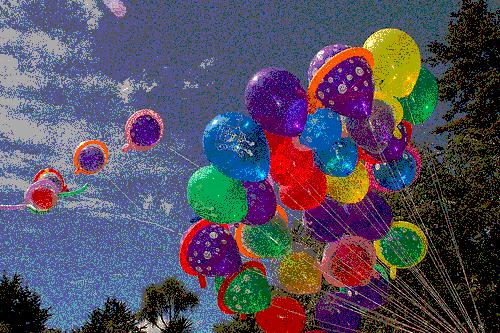
|
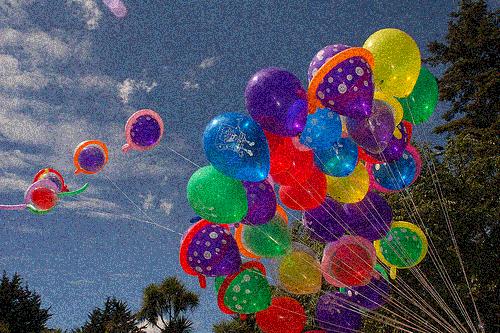
|

|

|
| Randm Dither 1 |
Randm Dither 2 |
Randm Dither 3 |
Randm Dither 4 |
Randm Dither 5 |
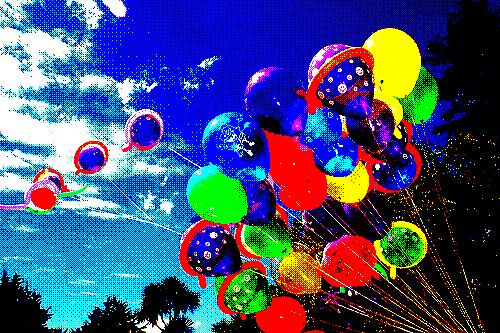
|
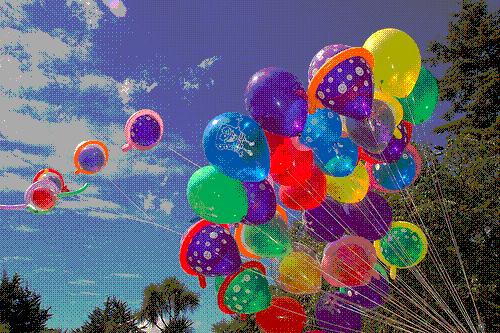
|

|
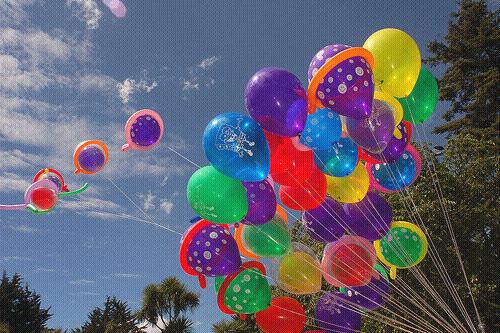
|

|
| Ordered Dither 1 |
Ordered Dither 2 |
Ordered Dither 3 |
Ordered Dither 4 |
Ordered Dither 5 |

|
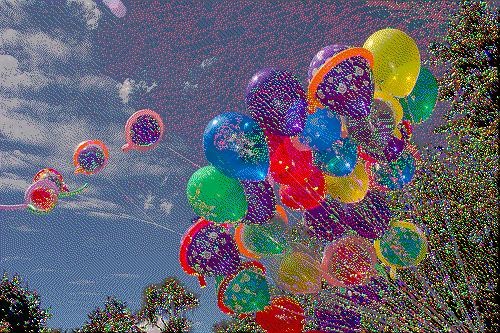
|
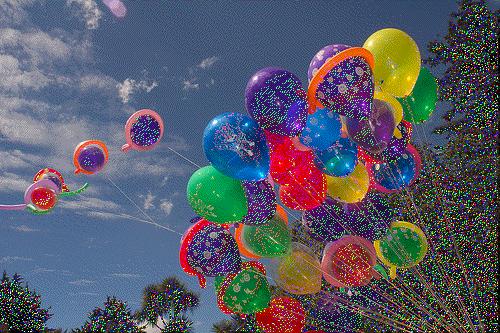
|

|

|
| Floyd-Steinberg 1 |
Floyd-Steinberg 2 |
Floyd-Steinberg 3 |
Floyd-Steinberg 4 |
Floyd-Steinberg 5 |
Scale

|

|

|
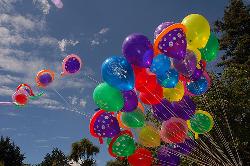
|
| Input |
Point Sampling (.5x) |
Gaussian Sampling (.5x) |
Bilinear Interpolation (.5x) |

|
| Point Sampling (1.2x) |
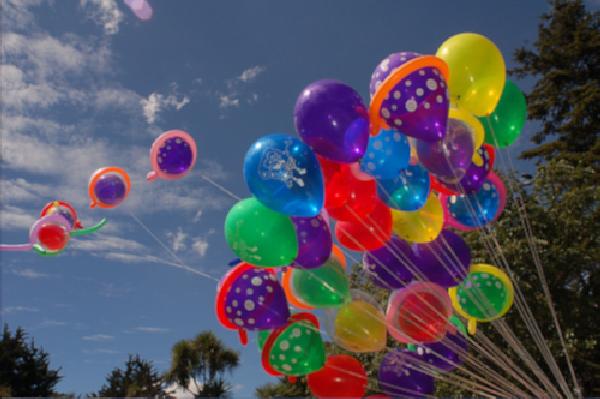
|
| Gaussian Sampling (1.2x) |

|
| Bilinear Interpolation (1.2x) |
Gamma

|

|
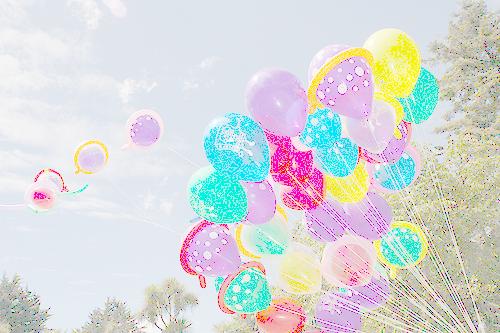
|
| Input |
Gamma = .1 |
Gamma = 2 |
Black and White

|

|
| Input |
Black and White |
Edge Detect

|

|
| Input |
Edge Detect |
Sharpen

|
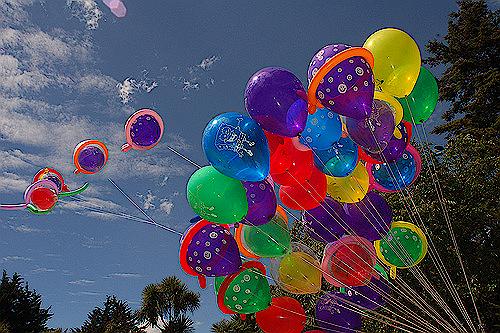
|
| Input |
Sharpen |
Bilateral Interpolation

|
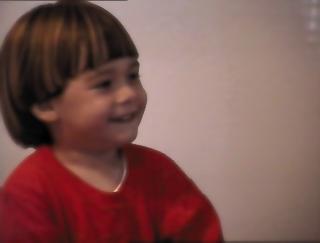
|

|
| Input |
DomainSigma = .7, RangeSigma = .1 |
DomainSigma = 3, RangeSigma = .1 |
Saturation

|
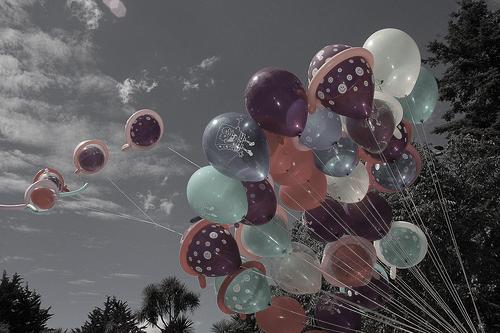
|

|
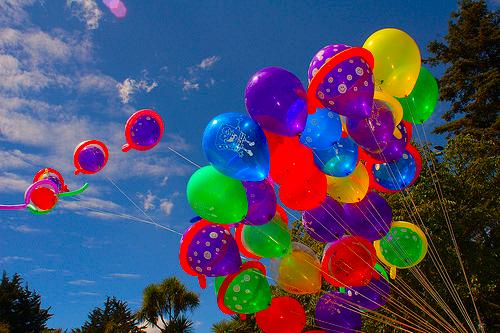
|
| Saturation = -1 |
Saturation = 0 |
Saturation = 1 |
Saturation = 2 |
Extract Channel
Contrast

|
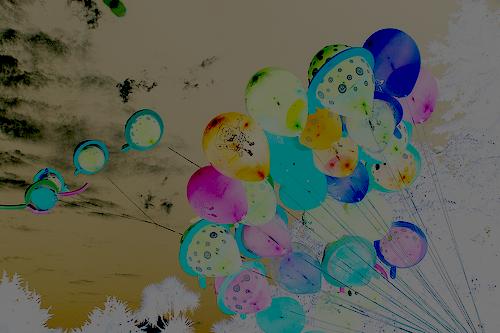
|

|
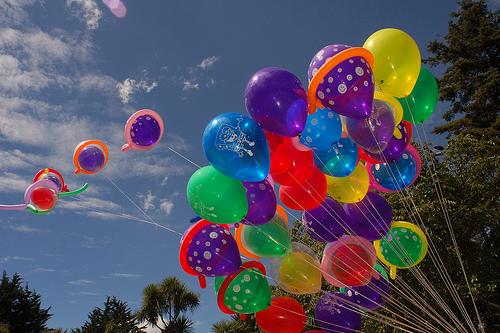
|

|
| Input |
Factor = -.5 |
Factor = 0 |
Factor = 1 |
Factor = 3 |
Implementation Notes
Black and White: as specified.
Gamma: as specified.
Saturation: as specified.
Contrast: as specified.
Extract Channel: as specified.
Sharpen: used the 3x3 filter mentioned in class.
Edge Detect: used the 3x3 filter mentioned in class.
Gaussian Blur: used an nxn matrix as a filter kernel where n is determined by sigma (as specified). First added the linear Gaussian to the columns of the filter, then to the rows, then normalized. Then convoluted on every pixel.
Motion Blur: used a linear filter of length amount where filter[i] = i+1 up to amount. Convoluted on each pixel using this filter and then normalized on the fly.
Median Filter: used an nxn filter window where n was determined by sigma (as specified for the Gaussian). Then initialized a linear array of pointers to R2Pixel objects of length n. For each pixel, a pointer to it and its neighbors inside the square window were added to the linear array. Afterwards, the first n*n/2 R2Pixels were sorted by luminance using a simple selection sort, and the n*n/2th pixel was chosen to replace the pixel being examined.
Bilateral Filter: used an nxn Gaussian kernel where n is determined by domainsigma (as specified). Then convoluted on every pixel using the Gaussian kernel and a difference value between the pixel being examined and its neighbors (using luminance) within the Gaussian kernel's window. Then normalized on the fly.
Scale (Point Sampling): initialized a temporary image of different dimensions (based on arguments). Then replaced each pixel in the new image with its corresponding pixel in the original image.
Scale (Gaussian Sampling): same as point sampling except a weighted average of the pixel in the original image and its neighbors was used.
Scale (Bilinear Interpolation): also same as point sampling except a bilinear interpolation between a non-integer point in the original image and the pixels surrounding it was used.
Rotate (Point Sampling): set each pixel in a temporary image to its counterpart in the original image rotated by a given angle.
Rotate (Gaussian Sampling): same as point sampling but set each pixel in the temporary image to a weighted average from the original image.
Rotate (Bilinear Interpolation): same as point sampling but set each pixel in the temporary image to a bilinear interpolation between a non-integer point in the original image and the points surrounding it.
Fun Swirl (Point Sampling): Set each pixel in the target image to its counterpart in the original image rotated by an angle determined by its distance from the origin-- the farter away the pixel from the origin, the more rotation it was given.
Fun Swirl (Gaussian Sampling): same as point sampling except a weighted average was used.
Fun Swirl (Bilinear Interpolation): Same as point sampling but a bilinear interpolation between a non-integer coordinate and ites neighbors was used.
Quantize: subdivided the [0-1] interval into nbits discrete values and snapped pixel colors to these discrete values.
Random Dither: added random noise to the source image before quantizing. Amount of noise added was proportional to 1/nbits. Setting the noise to this seemed to yield good results.
Ordered Dither: applied a 4x4 Bayer's pattern matrix to the image before quantizing.
Floyd-Steinberg Dither: diffused quantization error by calculating it and spreading it to neighboring pixels using the Floyd-Steinberg error diffusion pattern.
Composite: used the over operation discussed in class on each pixel.
Morph: First interpolated between the source segments and the target segments using the time step and then applied the Beier morphing algorithm to produce a new source image. Then interpolated between the target segments and the source segments (the other way) using the time step and used Beier's morphing algorithm to produce a new destination image. Then layered the new source and destination images on top of one another using an over operation with alpha = time step (cross-fade).
Feedback
- How long did you spend on this assignment?
- A while but not an insanely unreasonable amount of time. I honestly could have done it but I wanted to get everything to be as good possible.
- Was it too hard, too easy, or just right?
- If it were any easier I wouldn't know as much as I do now. Requiring three types of sampling for rotation and fun seemed a little much though, especially since it's almost exactly the same code as for scaling.
- What was the best part of the assignment?
- Morphing professor Rusinkiewicz's face to Homer Simpson's.
- What was the worst part of the assignment?
- I didn't know that converting an R2Segment to an R2Vector using the Vector() function returned a UNIT vector as opposed to one with the same length as the segment. It caused me a lot of trouble but I was really happy when I figured it out so it's fine. More specific comments in the helper classes would be nice though :)
- How could it be improved for next year?
- The instructions on how to use the -composite option are messed up. It should say:
-composite file:bottom_mask file:top_image file:top_mask int:operation(0=over)\n
Other than that I thought the assignment was very rewarding and pretty enjoyable.















































































